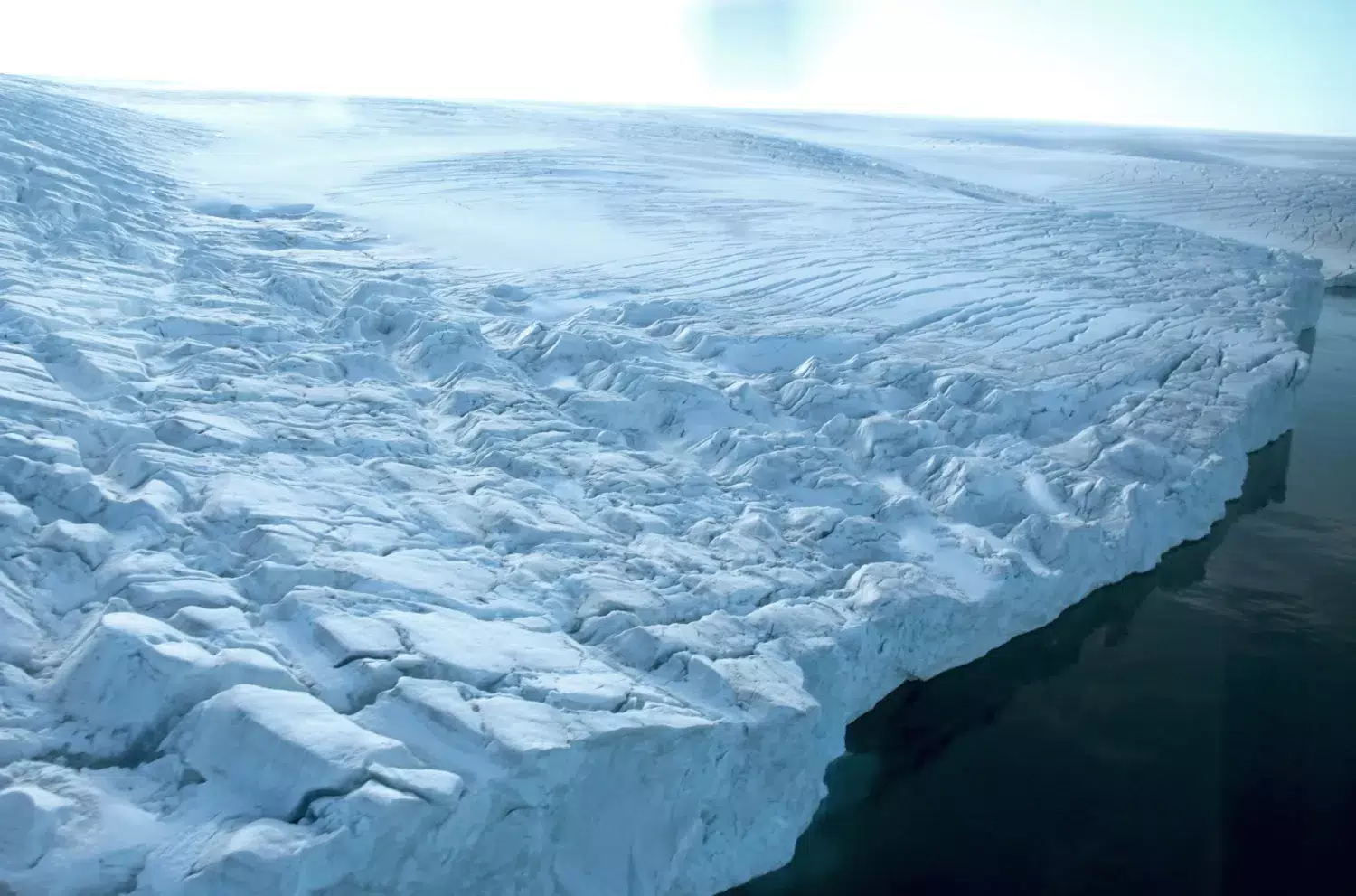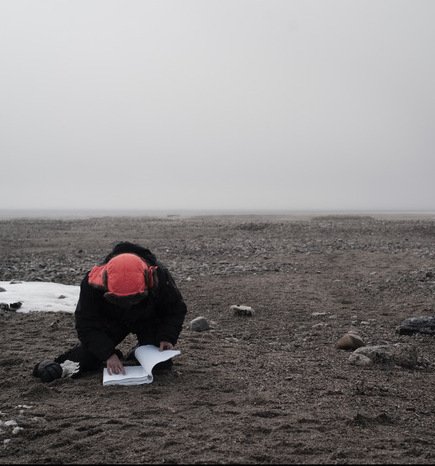Eleven years ago, KI researcher Beatrice Uusma published her book The Expedition: A Love Story exploring the fate of Andrée's balloon expedition to the North Pole at the end of the 1800s. This August, she and a group of researchers from the Norwegian Institute for Cultural Heritage Research and the University Museum of Bergen will be returning to Vitön (Kvitøya) for more answers about the ill-fated expedition. Bea Uusma, at KI's Medical History and Heritage Unit, tells us more.
Why do you want to go back to Vitön?
"I've been trying to solve the medical polar-historical puzzle about what happened to the Andrée expedition, which disappeared in the Arctic in 1897, for two decades. Thirty-three years later, the remains of their last camp were found frozen in the snow and ice on a remote island in the middle of the Arctic ocean. When they finally set foot on Vitön, they had all they required to survive the winter. But despite warm clothes, supplies and working rifles, they perished on the island, one by one. What happened?
"I once made it to Vitön ten years ago, but I was only there to take measurements of the camp. I'll now be returning with a large scientific project. When the Andrée expedition's final camp was found on Vitön in 1930, their remains were taken back for cremation. But no excavation was ever done of the camp and I've now realised that over 200 bones were left on the island. This means that a third of the Andrée expedition can still be there. We now intend to find those bones," says Bea Uusma, doctor and researcher at KI's Medical History and Heritage.
Tell us more about the forthcoming expedition.
"It will be my life's greatest project. This is the first time that a permit has been granted for an archaeological excavation on Vitön. On 1 August, nine of us, including researchers from NIKU (the Norwegian Institute for Cultural Heritage Research) and the University Museum of Bergen, will be sailing from Longyearbyen, Svalbard, in an ice-strengthened vessel and heading straight into the Arctic ocean.

"We'll be away for twenty days. My group will include archaeologists, an osteologist [a bone expert] and two polar bear lookouts. The scientific polar expedition will also be bringing a dog handler with two of Sweden's leading archaeology dogs trained to find historical human bones. They will be invaluable to the expedition's success, because if any bones remain, they will be widely dispersed over the island's lengthy shoreline amongst millions of rocks and stones."
What will your research focus on?
"Every little detail we manage to find can prove incredibly important to solving the puzzle of what happened during the Andrée expedition's final days on Vitön in October 1897. If we uncover skeletal elements, we could learn more by running them through osteological and taphonomical tests. We could find out about breaks, fractures, diseases and toxicities and if bone damage was caused before or after death.

"If we find objects from the expedition, their condition and location will provide important clues that will help to plot out a conceivable sequence of events that led to the death of its members. It's a huge jigsaw puzzle that I'm doing, and this expedition will give me the most important pieces so far."
"The Andrée expedition is my life project, and it never seems to come to an end. The more I learn, the more I realise I don't know."
Is there anything you're feeling apprehensive about?
"I hope we get there! It's only possible to land on Vitön a few weeks of the year due to ice, snow and storms. And if we do make it, I hope there won't be thirty polar bears on the beach, because it'll mean having to stay on the boat."
When will your next book about the Andrée expedition be out?
"It's taken ten years to write and will be published next autumn. But the information we glean from our fieldwork on Vitön will also form the basis of some scientific papers," says Bea Uusma.






